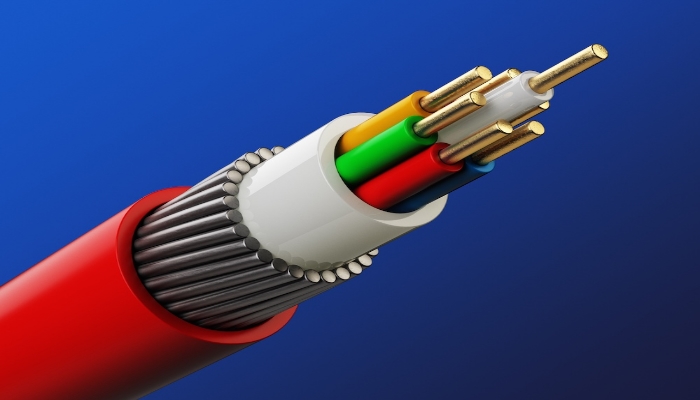
NBN HFC roll-out "a mess" says TPG
Getting customers connected to the HFC sections of the NBN is proving to be a slow and difficult process, says Australia’s No.2 fixed broadband provider, TPG.
According to a TPG spokesperson, it has been taking on average 19 days to get an HFC connection to a building, with delays affecting Victorian customers in particular. There have also major delays in getting connection problems fixed, he said.
“It's a mess. Quite frankly it's appalling.”
NBN CEO Bill Morrow has acknowledged that the HFC roll-out will encounter technical hurdles but argues that initial “rough patches” are to be expected as each new platform is developed.
It would seem though that the problem is not only one of technology. TPG has pointed to skill shortages as a major contributor to the delays and service difficulties.
This is hardly surprising. HFC skills have been in relatively short supply for some years and while nbn itself has recently taken steps to put relevant training programmes in place, the development of this section of the project’s workforce was always likely to lag behind demand, especially given nbn’s ambitious targets.
nbn is looking to have nearly 900,000 premises Ready for Service via the HFC platform by the end of June this year. At the end of December 2016, the number stood at a bit under 160,000.
The dangers here are obvious and include both “quick and dirty” training and an increased reliance on short-term visa workers to fill skill gaps.
Neither option will meet the longer-term needs of the local industry and its customers for a stable, technically literate and highly competent communications workforce.
Source: Communications Day.










